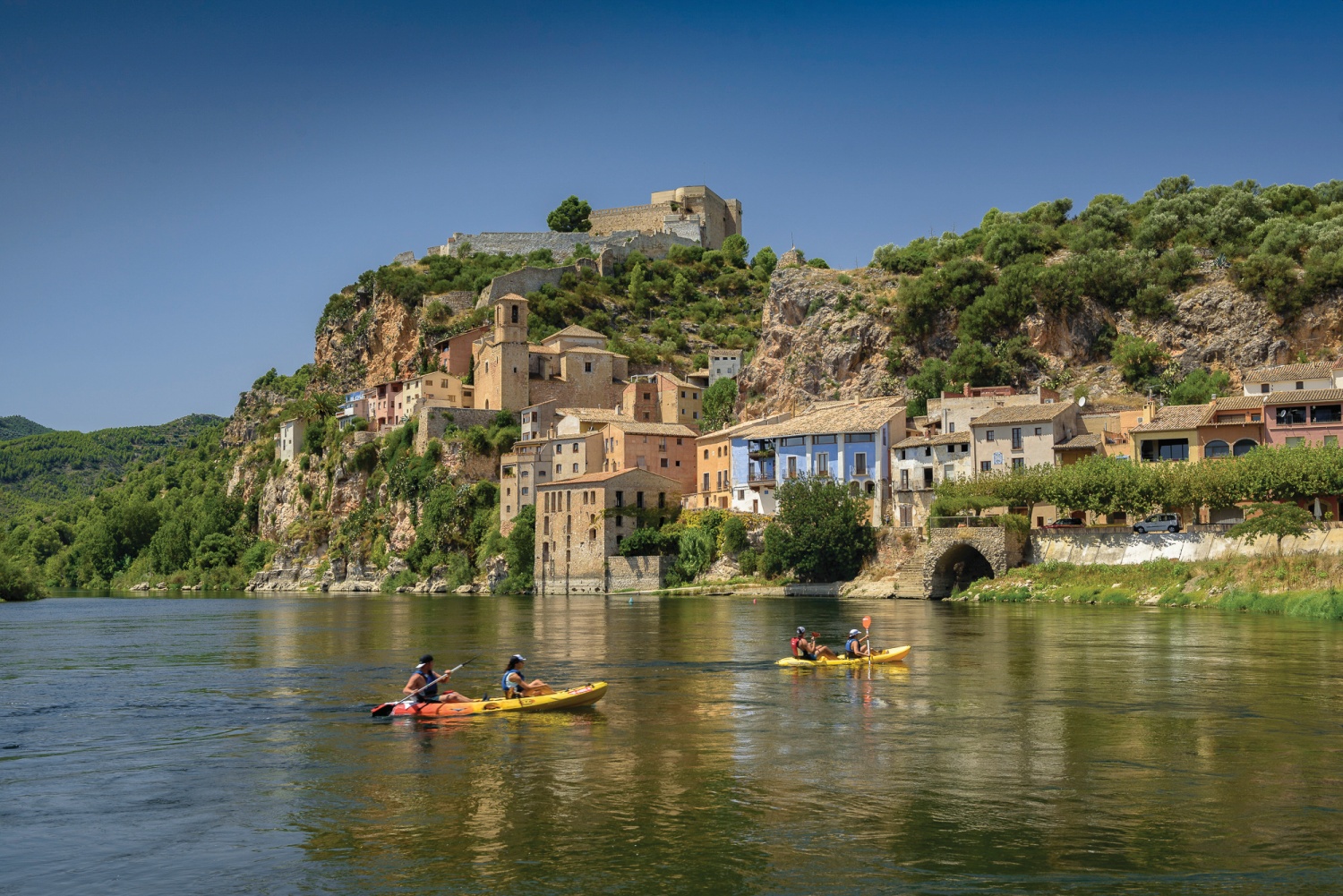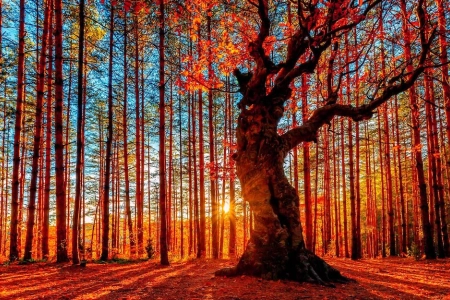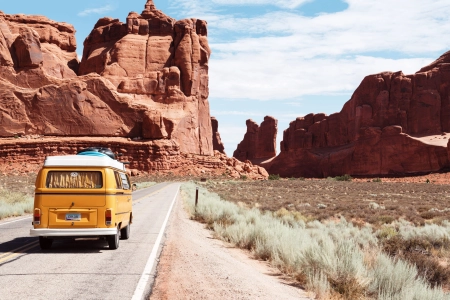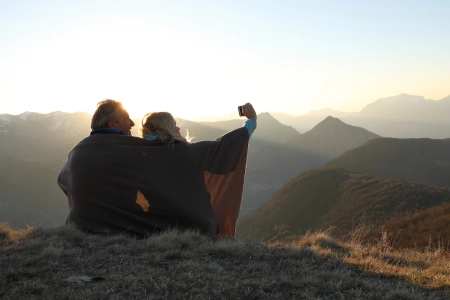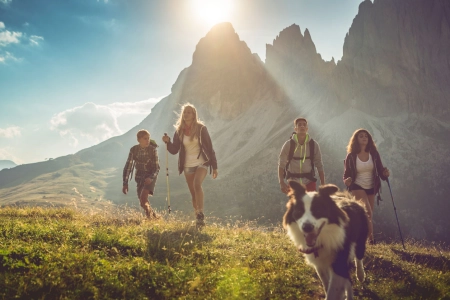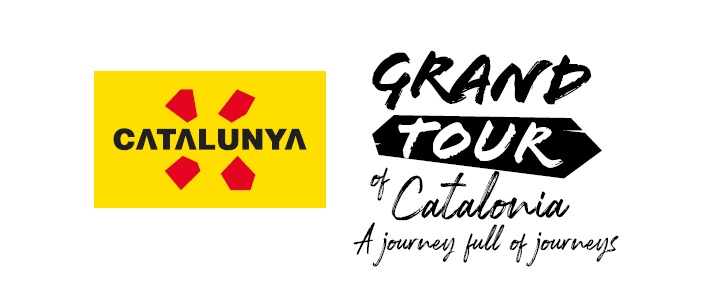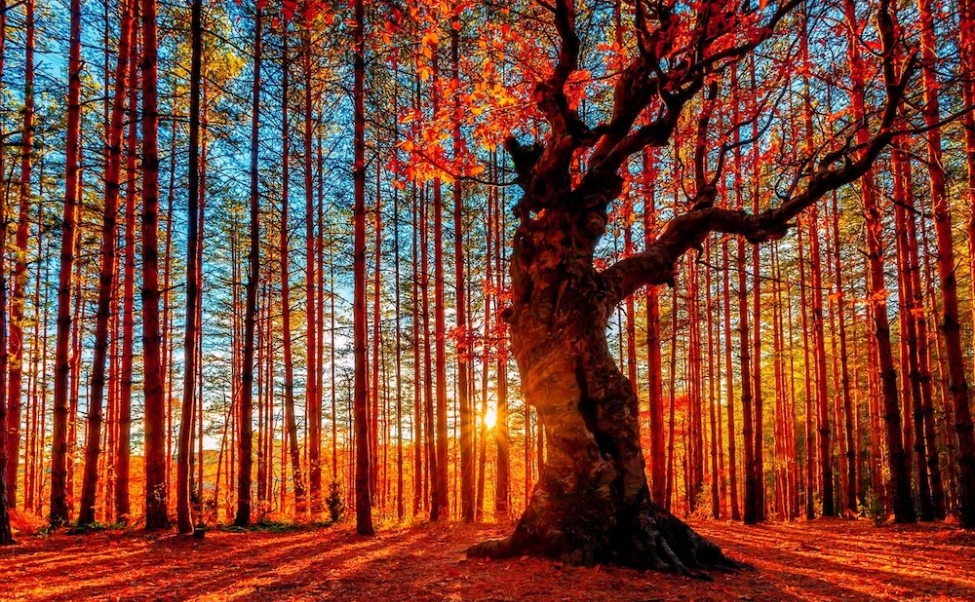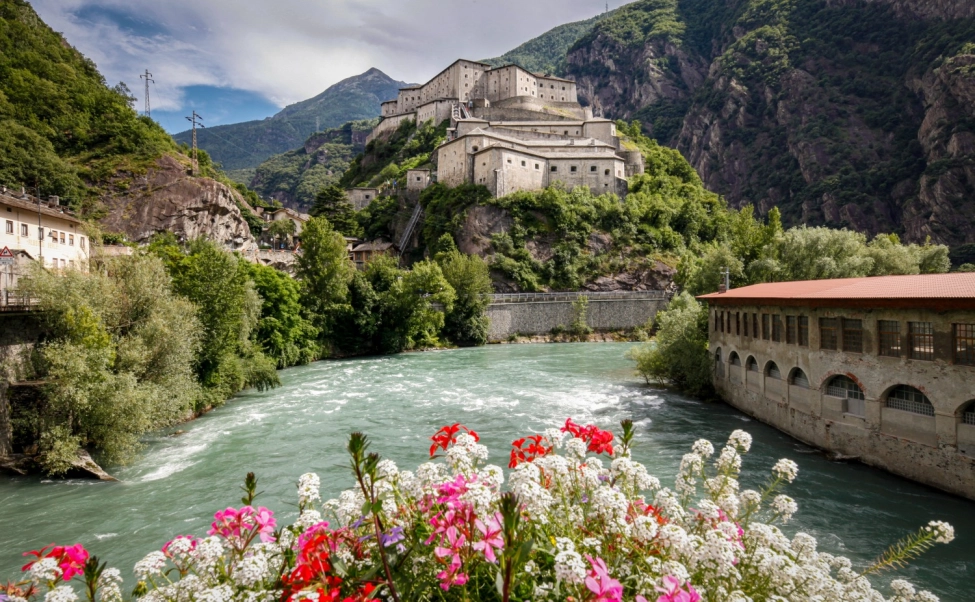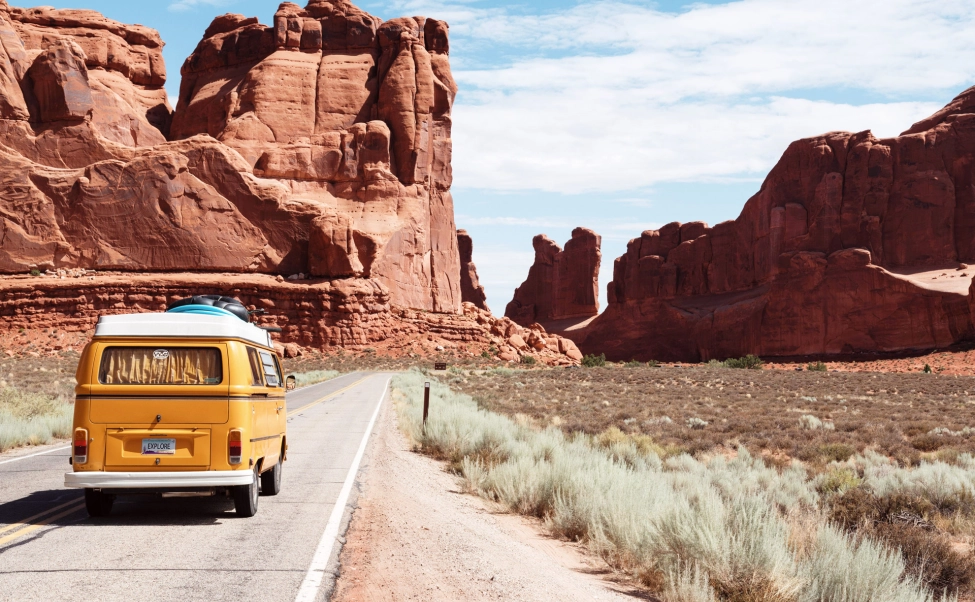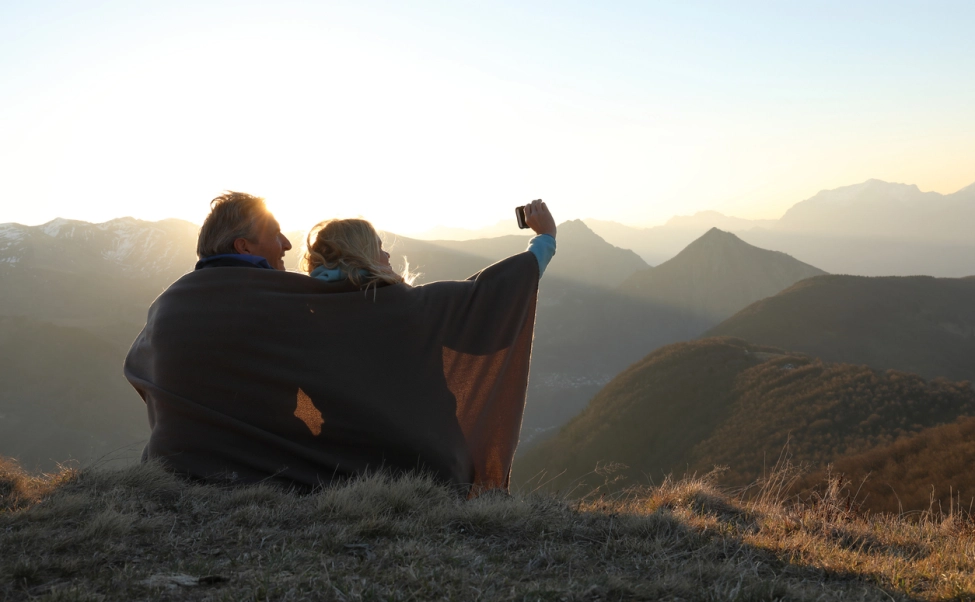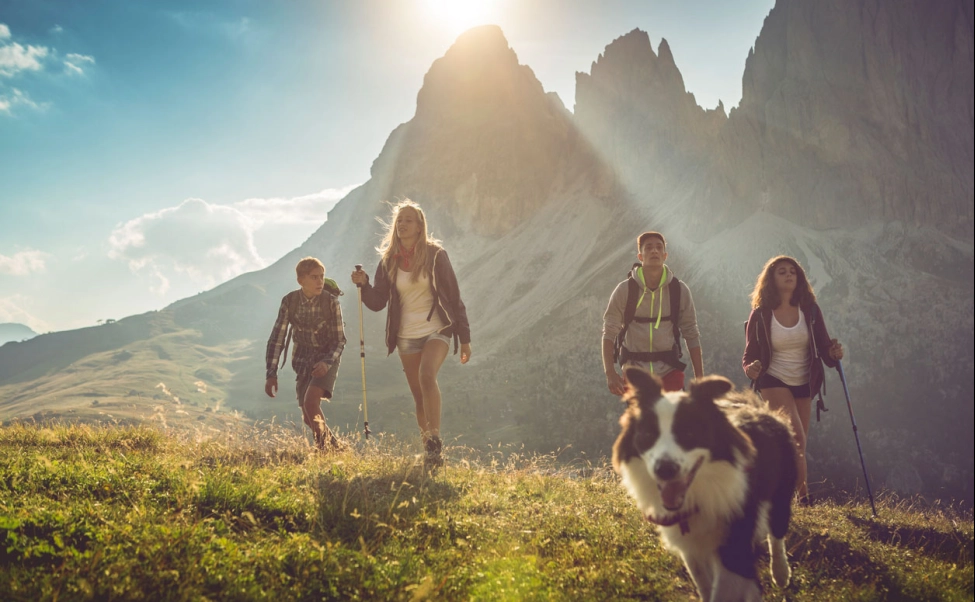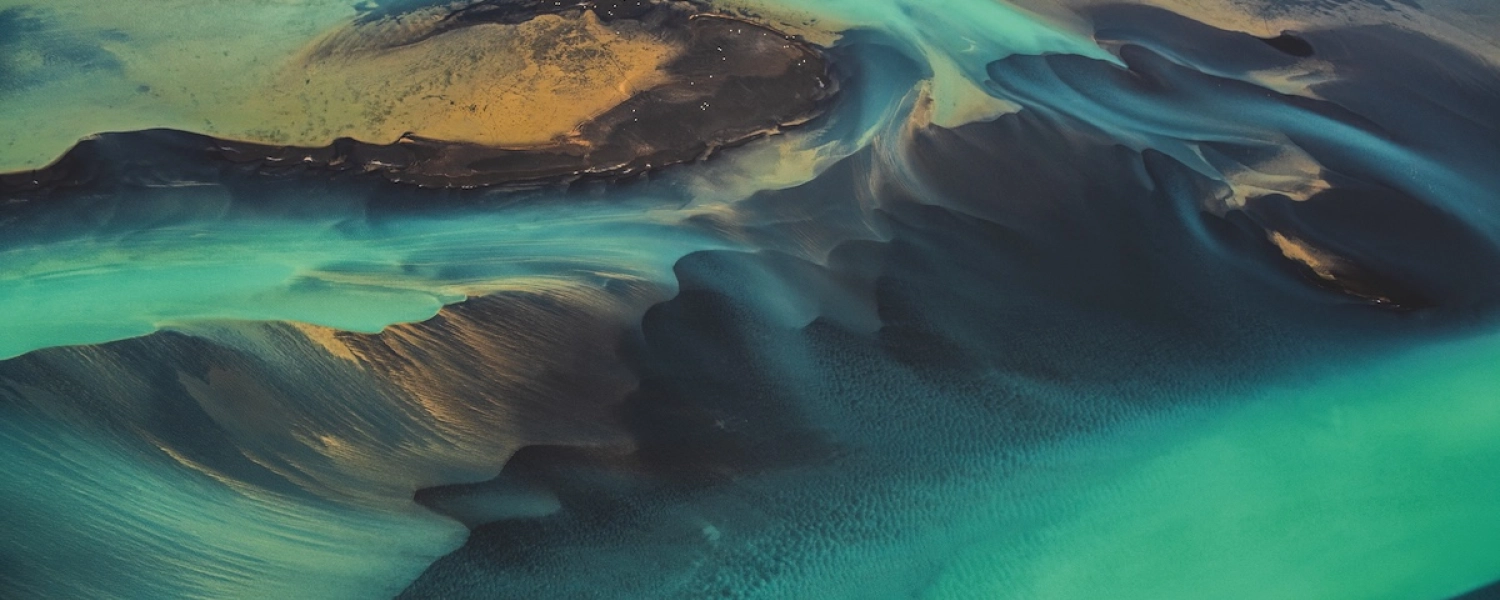- Details
- Written by: Roger Fulton
Leg 2: In Search of History
Route: Tarragona to Lleida
Distance: 418km
Duration: 7 stages
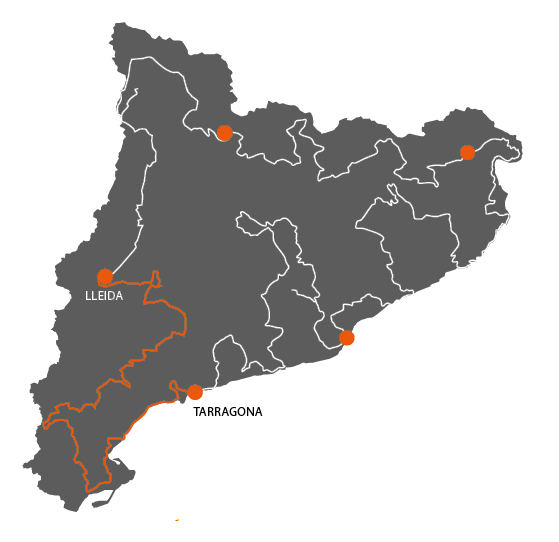
After exploring the Roman heritage of Tarragona, this leg stretches along the beautiful coastline to banks of the Elbe, the great river of the peninsula. You’ll follow its course to the delta, one of the most bio-diverse sites in the country, and can pedal along a cycle path created from an old railway line and follow in the footsteps of Picasso and Gaudí. Discover the legends of Montsant and taste the excellent wines of Priorat before experiencing the monastic silence of the Cistercian Route and arrival in Lleida, the capital of Terra Ferma.
Stage 1: Tarragona to Cambrils
Distance: 35km
The day’s modest mileage allows you plenty of time to linger in Tarragona, a World Heritage City. Known by the Romans as Tarraco, it has a highly visible legacy of its past, including a wonderful amphitheatre overlooking the sea.
The morning route takes you to Reus, home of vermouth and birthplace of Gaudi, where a modernist tour will introduce you to the highlights of the city’s architectural glory. Finish the day in Cambrils, and sample suquet de romesco, one of the highlights of the local seafood cuisine.
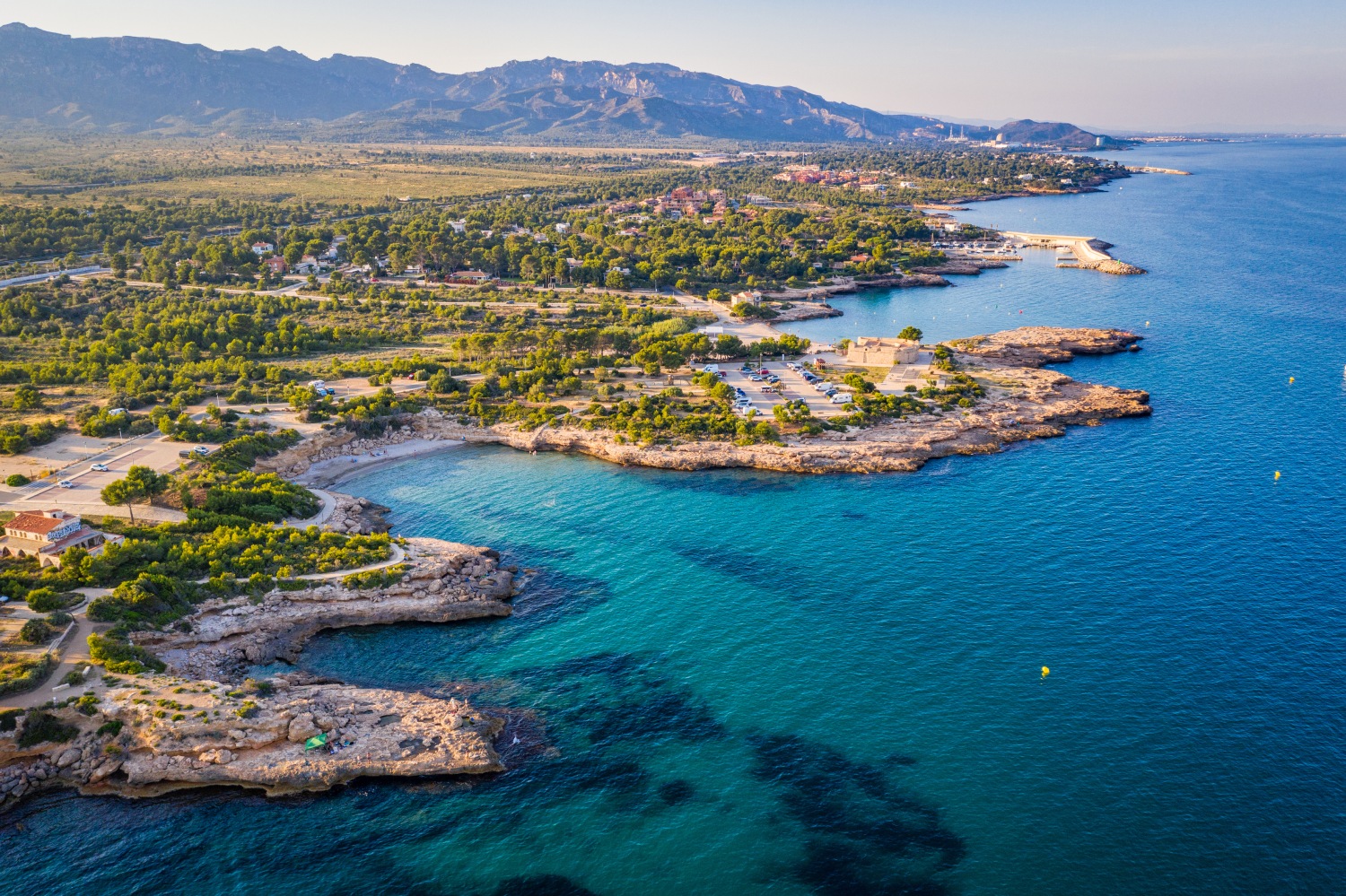
Stage 2: Cambrils to Deltebre
Distance: 70km
A day spent in the Terres de L’Ebre, the most southern territory of Catalonia, a renowned Biosphere Reserve, with a chance to swim with tuna from the marine village of L’Ametlla de Mar and pedal along an easy, flat, section of the Camí de Ronda exploring the red rock coves of this beautifully-preserved stretch of coastline. In the evening, enjoy a glass of the white Grenache wine famous in this region and a dish of mussels and watch the sunset over the delta…
Don't miss: Tarraco Viva
For two weeks in May, the participants of the Tarraco Viva teach visitors about Tarragona’s Roman heritage. This historic re-enactment festival was created in 1999, and offers a wonderful insight into the classical world in general and the Roman Empire in particular. There are annual performances, such as gladiator fights in the amphitheatre, and concerts with traditional instruments.
During those days when the city once again becomes Tarraco, one of the major cities of the Roman Empire, the festival includes interactive activities such as Roman cooking workshops or the opportunity to be a gladiator for a day!
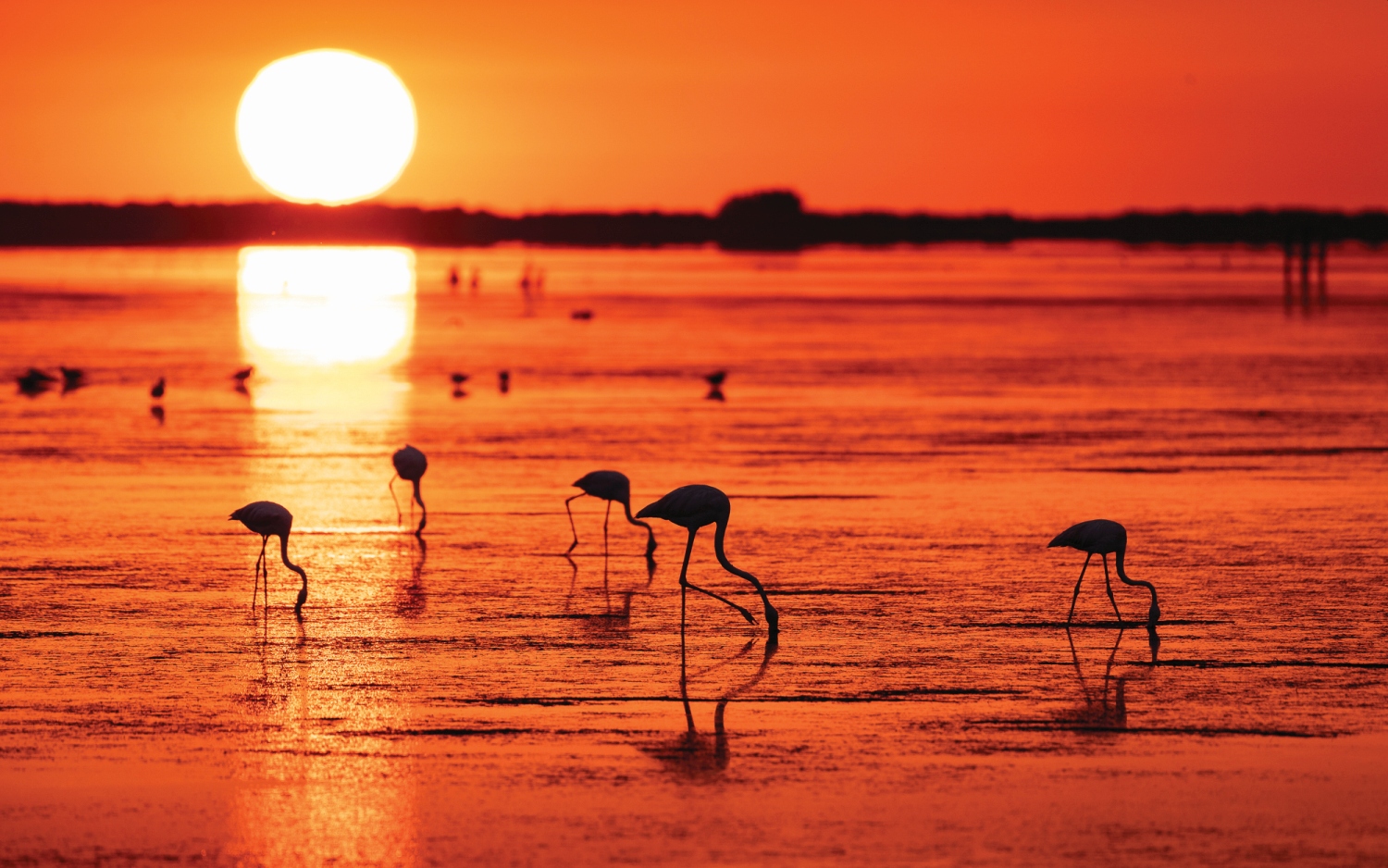
Stage 3: Deltebre to Horta de Sant Joan
Distance: 67km
There are many ways to experience the fragility of the delta wetlands, from boating to cycling, but a dawn start offers the chance to experience birdwatching at its best, with more than 300 species nesting in or passing through, including flocks of pink flamingos. The route then heads towards Tortosa, a town deserving of more than a passing glimpse.
Stroll through the ancient Jewish quarter and visit the castle, cathedral and modernist market where you can buy regional handicrafts and delicious local delicacies. Round off the stage in Horta, famous for its associations with Picasso, and for its striking rock formations.
Stage 4: Horta de Sant Joan to Falset
Distance: 67km
To really appreciate the landscape of the Els Port Natural Park, it’s worth switching to two wheels for a cycle ride along the Val de Zafan Greenway – part of the Greenway network of cycle routes formed from disused railways. Back on the road, the route passes through the ravine separating the mountain ranges of Pàndols and Cavana, the setting for the Battle de L’Ebre, the most famous battle of the Spanish Civil War.
Before leaving the Ebre River, take the chance to travel a stretch of it by kayak, near the spectacular village of Miravet.
Don't miss: Forest bathing in Els Ports
A practice born in Japan almost four decades ago, forest bathing is more than just a walk in the woods. The phytoncides released by forest trees help us to breathe better and the levels of haemoglobin are reduced in the part of the brain related to stress and increased in the part related to emotions, empathy and pleasure.
A walk of just two hours can lower blood pressure and glucose levels, stabilise the autonomic nerve zone, and reduce levels of cortisol, the stress indicator. In Els Ports Natural Park you can enjoy this as a guided activity, consciously walking through mature forests, past certain large trees that are included on the official list of Monumental Trees of Catalonia.
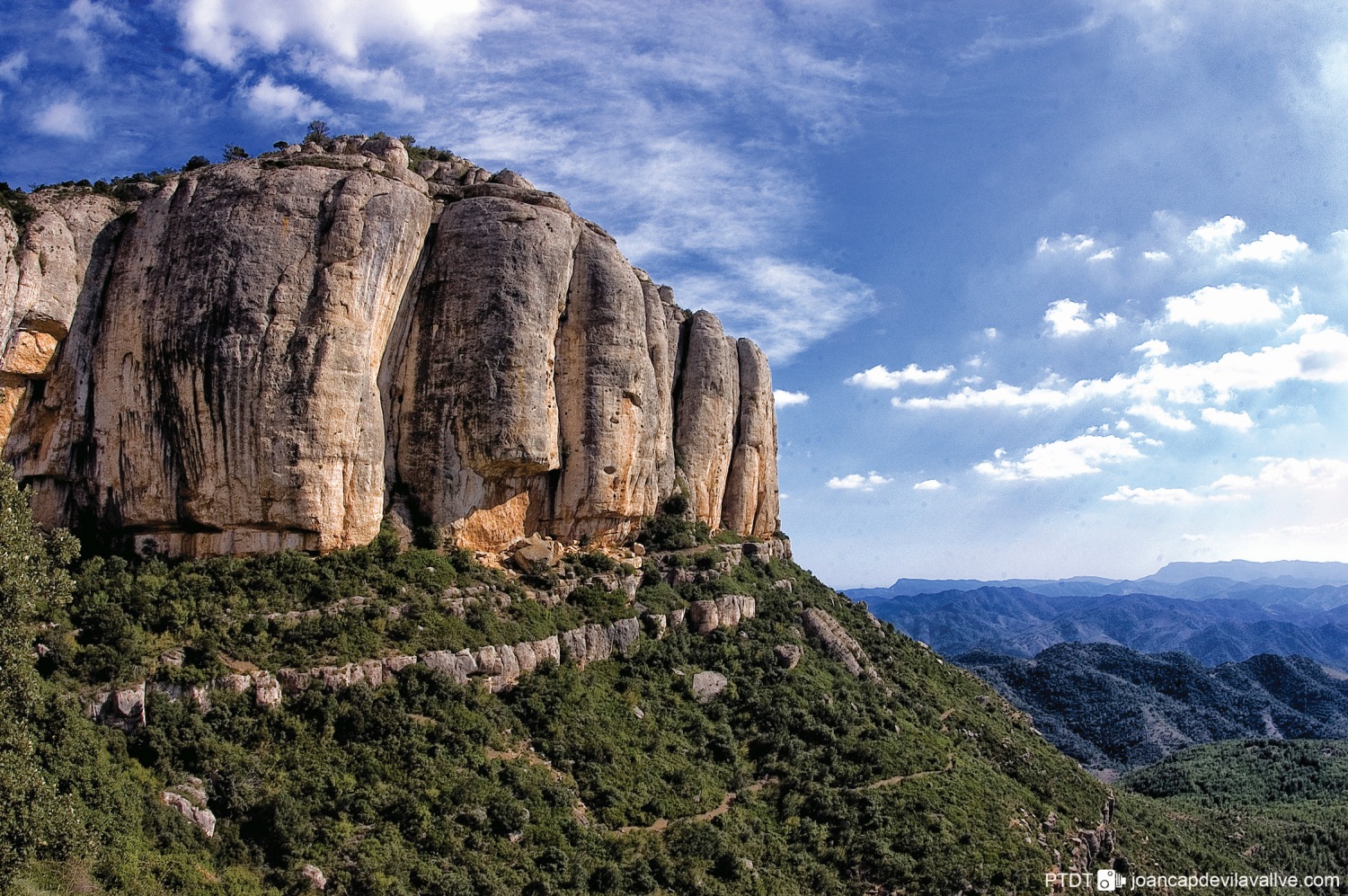
Stage 5: Falset to Montblanc
Distance: 86km
Quiet country roads take you through the villages of the Priorat, a beautiful but rugged terrain whose vineyards produce some of Catalonia’s most famous wines. A visit to a winery here is a must! The stage also takes in Montsant Natural Park, a mountain range full of symbolism and history.
Hiking paths here can offer up spectacular views, such as from the Balco del Priorat natural terrace or the charming cliff village of Siurana. The route continues through Prades, a town known as Villa Roja due to the red stone of many of its buildings.
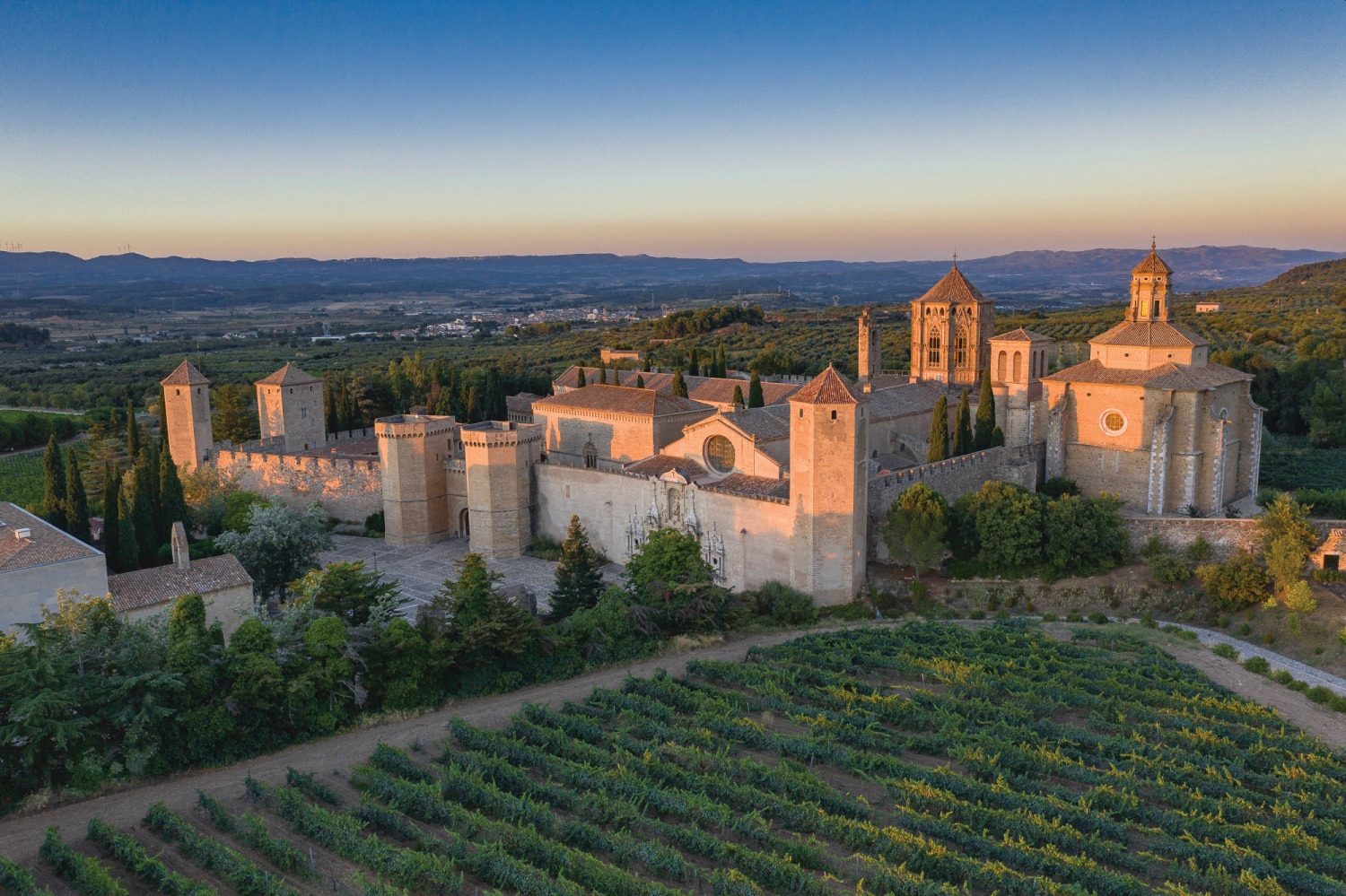
Stage 6: Montblanc to L’Espluga de Francoli
Distance: 15km
A short stage allows plenty of time to delve deeper into the history of this remarkable region. In Montblanc, with its walled complex, discover the local legend of Sant Jordí – better known to us as St George! And you can walk part of the Cistercian Route to the monastery of Poblet – an official World Heritage Site. Finish the day with a cave visit to learn about the cave-dwelling ancestors at L’Espluga de Francolí.
Stage 7: L’Espluga de Francoli to Lleida
Distance: 78km
A longer last stage brings you to into the province of Lleida, via visits to the beautifully-preserved medieval village of Guimerà and the Vallbona de les Monges monastery, the third of the Cistercian monasteries making up the Cistercian Route.
There’s also a chance here to enjoy a short 2.5km walk around the Ivars i Vila-sana Pond, a famous birdwatching reserve. You’ll arrive in Lleida just in time to watch the sun goes down from the Seu Vella and the King’s Castle – La Suda.
Don't miss: Font Major Cave
Hour-long guided audiovisual tours are a chance to learn more about the past of this historic region, explaining how our ancestors lived. Some 3,950 metres of the cave have been uncovered, most of which is beneath L’Espluga de Francolí town centre.
If history is bit too dry, you can opt for the altogether much wetter Adventure Route: dressed in a neoprene suit, helmet and visor, you walk along the underground river, sometimes waist-deep in water, until you reach the Pou de la Biela room, where you pass a kind of siphon before going back the way you came. The adventure route takes about three hours.
For more information about this leg of the Grand Tour, go to grandtour.catalunya.com
